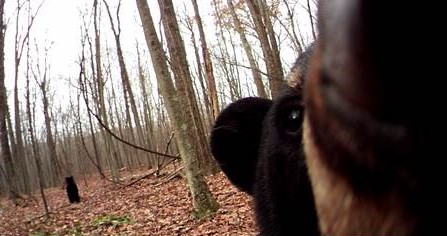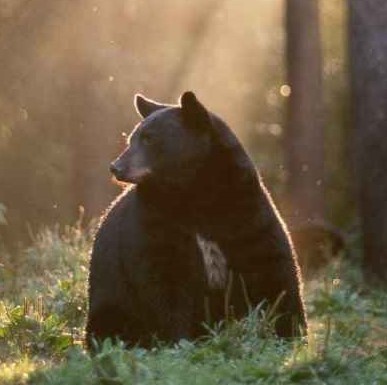As bears prepare for hibernation, they increase their food intake to 20,000 calories a day to build up energy reserves for winter. Acorns are a fatty, calorie-dense source that many animals, especially bears, rely on ahead of winter. This year, the Connecticut Agricultural Experimental Station reports widespread failure of the acorn crop. DEEP officials report that the lack of acorns could cause bears to seek out human-associated food like garbage. Avoid attracting bears to your yard by following some simple practices.
What causes the fluctuations in the acorn crop? Oak trees, like many nut-bearing trees, are known for synchronizing seed production. The fluctuation is an evolutionary strategy called predator satiation. When the oaks in an area have a bumper crop of acorns, called a mast year, predators (chipmunks, squirrels, turkeys, blue jays, deer, bear, etc.) can’t eat all the acorns. This allows more nuts to grow into trees. The years of lean acorn production keep predator populations low, so there are fewer animals to eat all the seeds in a mast year.
Want to hear more about the interactions between oak trees and animals? Watch the Doug Tallamy presentation, The Nature of Oaks, and learn more about these amazing trees.


